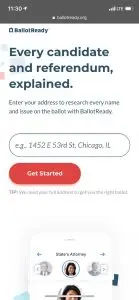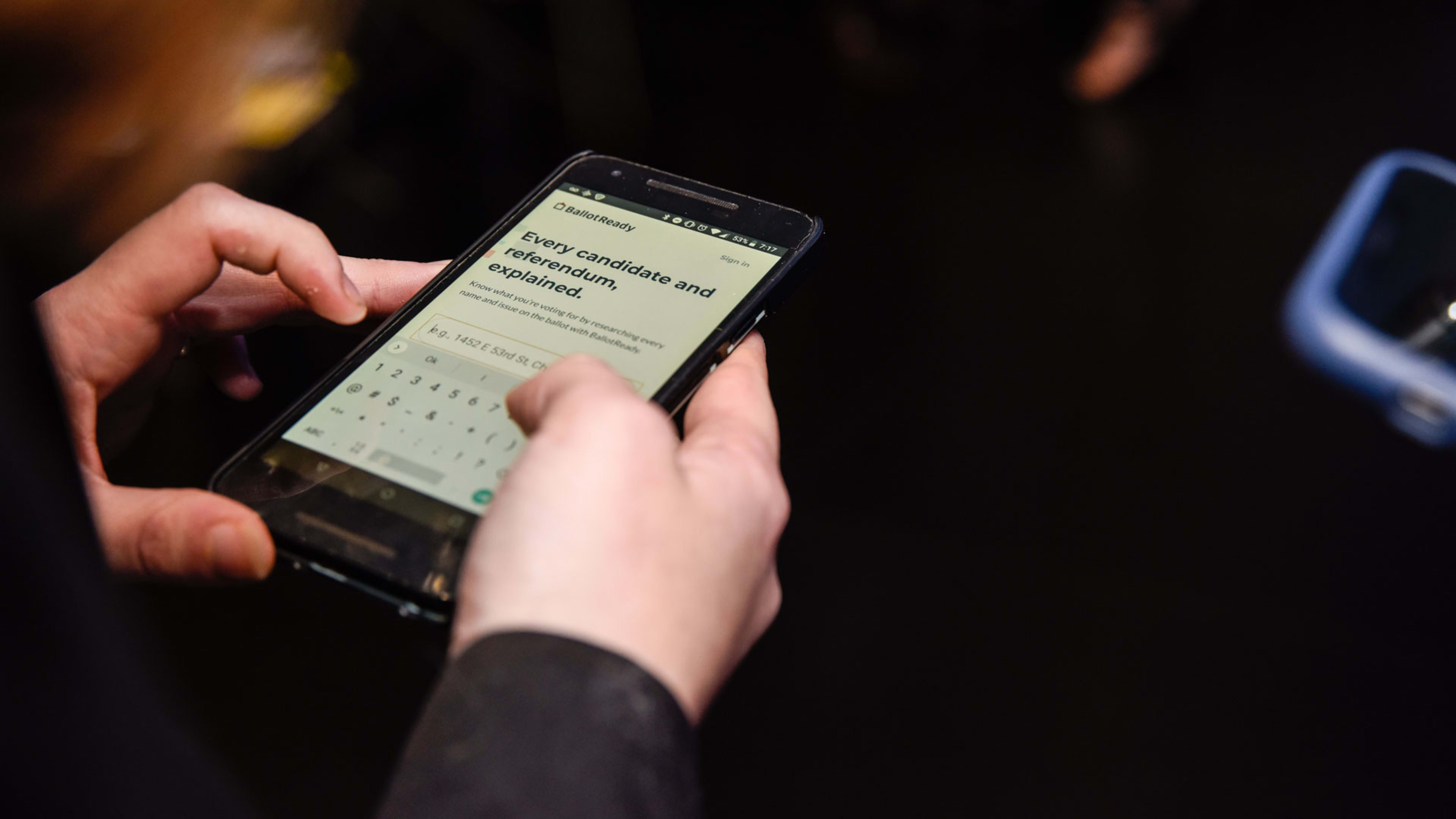If you’re in a voting booth on November 6 staring at your ballot and realize you don’t know anything about the candidates running for comptroller–or what a comptroller is–some tools can help.
One website, BallotReady, was born out of the last midterm election. “I knew who I was going to vote for at the top of the ballot, but I also knew my ballot was going to be long and there were offices that I didn’t really know what they did, like a water reclamation commissioner,” says Alex Niemczewski, now CEO of BallotReady. She pulled together information for herself, and realized that a similar tool could be broadly useful. Everyone she spoke with, she says, told her that they’d occasionally guessed on a candidate in the past, or left a space blank, because they didn’t have enough information.

For referendums, like California’s often complexly worded propositions, they show what a yes or no vote means. “Often measures are written in a way that is hard to understand, and sometimes they’re written in a way that’s deceptive purposefully,” Niemczewski says.
The information is difficult to gather. “The toughest part is there’s no single database of who’s running for office, or even what positions are up for election,” she says. “We have to go county by county and municipality by municipality.” Around a third of county election boards don’t have websites, so the staff sometimes has to send faxes.
A similar app, called We Vote, is also available nationally. The app, which was developed by an open-source network of volunteers and is still in a rough beta stage, lets voters filter by issues they care about, such as affordable housing or climate change. “We let you choose the issues, we let you choose the organizations you trust, and then we let you add your friends and invite people who want to talk to you,” says Dale McGrew, cofounder and CEO of WeVote. The app shows a score for candidates based on those issues and the opinions of trusted organizations and friends.
It’s much simpler to use, McGrew says, than hunting down voter guides individually. “We’re tuned to serve people who don’t want to spend a lot of time,” he says. Someone can work through the ballot as they’re commuting to work, or whenever they have free time. Both apps can be used at the last minute–as someone is in line at the polls–or even in the polling booth, with a few exceptions in states that don’t allow phones inside the booth. Voters who have prepared in advance can use the apps to remind themselves of their choices.
In elections next year, BallotReady will offer details about even more offices, such as school board elections. “We want people to be prepared to vote their entire ballot without guessing, even in local elections,” she says. The next version of the app will also let people know which offices they could run for themselves. “A lot of offices run uncontested, especially at the local level. I think for voters to have a real choice, for democracy to really work, races should be contested, and people should know what the process to run is like.”
This article has been updated to reflect the fact that BallotReady is a website, not an app.
Recognize your brand’s excellence by applying to this year’s Brands That Matter Awards before the early-rate deadline, May 3.
